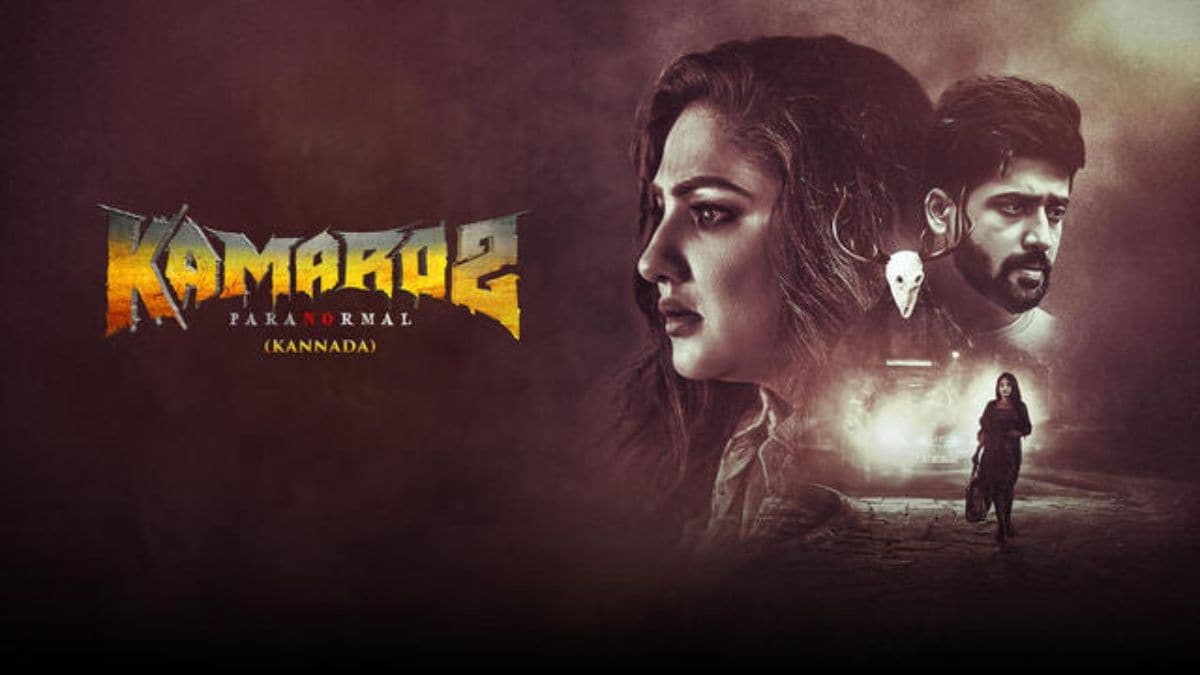<p>The 2025 Nobel Prize in Literature has been awarded to Hungarian author László Krasznahorkai for his “compelling and visionary oeuvre that, in the midst of apocalyptic terror, reaffirms the power of art,” according to a Nobel Committee statement.</p>
<p>Born in 1954 in the small town of Gyula, near Hungary’s southeastern border with Romania, Krasznahorkai first gained international attention with his debut novel ‘Sátántangó’ (1985; translated as Satantango, 2012). Set in a remote rural landscape, the novel depicts life on a declining collective farm, where residents await a miracle that seems both imminent and impossible. The novel was later adapted into a 1994 film by director Béla Tarr, further cementing the author’s reputation.</p>
<blockquote class=”twitter-tweet”>
<p dir=”ltr” lang=”en”>BREAKING NEWS<br />The 2025 <a href=”https://twitter.com/hashtag/NobelPrize?src=hash&ref_src=twsrc%5Etfw”>#NobelPrize</a> in Literature is awarded to the Hungarian author László Krasznahorkai “for his compelling and visionary oeuvre that, in the midst of apocalyptic terror, reaffirms the power of art.” <a href=”https://t.co/vVaW1zkWPS”>pic.twitter.com/vVaW1zkWPS</a></p>
— The Nobel Prize (@NobelPrize) <a href=”https://twitter.com/NobelPrize/status/1976241486552531287?ref_src=twsrc%5Etfw”>October 9, 2025</a></blockquote>
<p>
<script src=”https://platform.twitter.com/widgets.js” async=”” charset=”utf-8″></script>
</p>
<h3><strong>Master of Apocalypse and the Grotesque</strong></h3>
<p>Krasznahorkai’s subsequent works continued to explore bleak and intricate human landscapes. As noted by Nobel Committee Chair Anders Olsson, his second book ‘Az ellenállás melankóliája’ (1989; The Melancholy of Resistance, 1998) casts readers into a “dizzying state of emergency” within a small Hungarian town. A ghostly circus and the carcass of a giant whale trigger a chain of violence, vandalism, and looming dictatorship, illustrating the struggle between order and chaos.</p>
<p>In ‘Háború és háború’ (1999; War & War, 2006), Krasznahorkai moves beyond Hungary, following archivist Korin on a journey to New York in search of meaning, while ‘Báró Wenckheim hazatér’ (2016; Baron Wenckheim’s Homecoming, 2019) traces a ruined baron’s return from exile in Argentina to reunite with his childhood love. His 2021 novel ‘Herscht 07769: Florian Herscht Bach-regénye’ (2024; Herscht 07769: A Novel) is set in a contemporary German town, blending social unrest with the legacy of Johann Sebastian Bach.</p>
<p>Krasznahorkai’s work is celebrated for its long, flowing sentences devoid of full stops, an epic style that channels the absurdist tradition of Central European literature, extending from Kafka to Thomas Bernhard.</p>
<h3><strong>Eastern Inspirations and the Art of Creation</strong></h3>
<p>Beyond his ‘apocalyptic’ narratives, Krasznahorkai has embraced a more contemplative style, inspired by travels to China and Japan. His 2003 novel ‘Északról hegy, Délről tó, Nyugatról utak, Keletről folyó’ (A Mountain to the North, a Lake to the South, Paths to the West, a River to the East, 2022) is a lyrical exploration set southeast of Kyoto. The novel foreshadows ‘Seiobo járt odalent’ (2008; Seiobo There Below, 2013), a collection of seventeen stories arranged according to the Fibonacci sequence, reflecting on beauty and artistic creation in a world marked by impermanence.</p>
<p>The work opens with a striking image of a snow-white heron standing in the River Kamo, invisible to passersby, symbolising the elusive nature of artistic vision. The myth of Seiobo, the guardian of a garden producing immortality-granting fruit every 3,000 years, serves as a metaphor for the creation of art. Stories follow the genesis of artistic works in diverse times and settings, whether through meticulous preparation or chaotic circumstances, such as transporting an unfinished painting by Renaissance artist Pietro Vannucci.</p>
<p>Krasznahorkai’s ‘Aprómunka egy palotáért: bejárás mások őrületébe’ (Spadework for a Palace: Entering the Madness of Others, 2020), set in Manhattan, showcases his versatility, blending humour and a meditation on imitation, resistance, and human folly.</p>
<h3><strong>Nobel Week and Ceremony</strong></h3>
<p>The Nobel Peace Prize will be announced on Friday, followed by the Nobel Memorial Prize in Economic Sciences on 13 October. All laureates will receive their awards at the ceremony on 10 December, the anniversary of Alfred Nobel’s death. Each award carries a cash prize of 11 million Swedish kronor (approximately $1.2 million) alongside global recognition.</p>
World
2025 Nobel Prize In Literature Awarded To Hungarian Author László Krasznahorkai
by aweeincm

Recent Post

Kamaro 2 Is Streaming Now on Sun NXT: Know All About the Horror Suspense Film
Kamaro 2 is a Kannada Horror film that stars Priyanka ... Read more
India A vs South Africa A Live Score 2nd Unofficial Test Day 4: India A Eye Wickets As SA A Dominate The Game
India A vs South Africa A Live: Lesego Senokwane and ... Read more
Himachal BJP MLA Hans Raj Faces Child Sexual Abuse Case
Himachal Pradesh BJP legislator Hans Raj was booked under the ... Read more
“Dangerous Move”: Kerala Chief Minister As Students Sing RSS Song On Vande Bharat Train
Kerala Chief Minister Pinarayi Vijayan on Saturday condemned the reported ... Read more